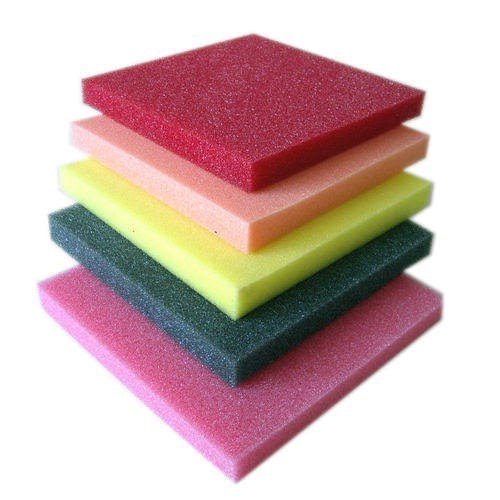Project Report For PU Foam Manufacturing
Introduction
Project report for PU Foam Manufacturing is as follows.
In mattresses, upholstered furniture, and automobile seats, it is best recognised for supporting our bodies for a substantial portion of the day. What’s less well recognised is that we benefit from hundreds of polyurethane foam products without even realising it.
Its uses are almost limitless, ranging from little yet necessary goods like kitchen sponges and medical dressings to massive filters and soundproofing systems that keep our surroundings clean and quiet.
Project Report Sample On
PU Foam Manufacturing
Get Completely Custom Bankable Project Report
Polyurethane may be solid or have an open cellular structure, which is known as foam… Foams may be both flexible and stiff.
Simply said, polyurethane foam is made by reacting polyols with diisocyanates, both of which are generated from crude oil. Depending on the purpose for which the foam will be used, a variety of additives are required to make high-quality PU foam products.
Regular polyurethane foam is generally denser and more costly than memory foam. Memory foam has a much more precise feel to it than polyurethane foam. While it has a precise feel, it lacks the stability of latex foam.

Memory foam is also heat reactive, which means that when it warms up, it absorbs heat and softens. This adds to the “sinking” problems already noted. As your body warms up, the memory foam softens and sinks further.
Furthermore, the widespread use of polyurethane foam in the automobile sector is another key development driver. It is utilised in this sector to make light-weight car components including dashboards, airbags, armrests, and other external pieces, all of which help to improve the vehicle’s overall fuel economy.
Other factors, such as increased industrialization and rising product demand in the packaging sector, are expected to fuel the market even more.
Market Potential Of PU Foam Manufacturing
Expenses

Product Cost Breakup

Reveneue Vs Expenses

Market Trend

In 2020, the worldwide polyurethane (PU) foam market will be worth US$ 34.61 billion. The market is expected to increase at a CAGR of 6.81 percent between 2021 and 2026,
Polyurethane foam is a synthetic polymer that provides abrasion, temperature, moisture, impact, and corrosion resistance to materials. It is typically available in spray, flexible, and stiff forms and is mostly used as bedding and furniture filling.
It is hypoallergenic, non-toxic, does not deteriorate over time, and can quickly expand and attach with surfaces with high adhesion after application when exposed to moisture. As a result, it has a wide range of uses in different sectors such as automotive, packaging, construction, and electronics.
One of the important drivers that is producing a good outlook for the market is a significant expansion in the building industry, along with increased product demand from the furnishing sector. In addition, the extensive usage of flexible and semi-rigid polyurethane foams with coatings, paints, and adhesives in residential and commercial buildings is fueling market expansion.
Moreover, different product developments and the development of bio-based polyols that are used to manufacture polyurethane foam and emit very little carbon dioxide into the atmosphere are boosting demand for this kind of foam.
